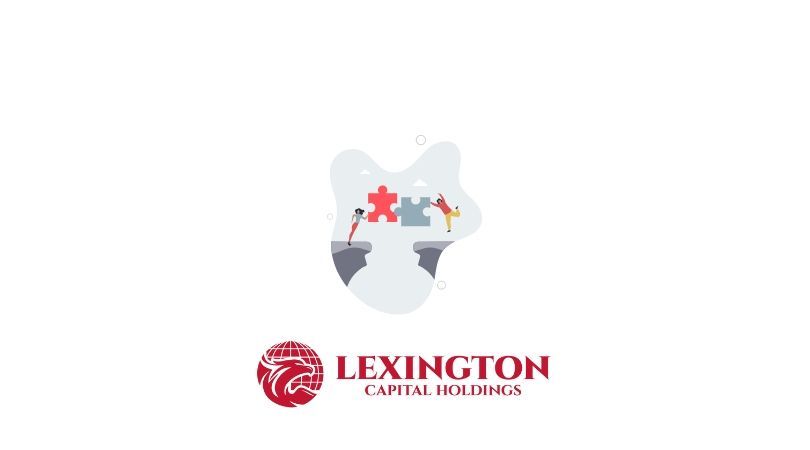Year-End Readiness: Essential Steps for Business Owners
Year-End Readiness: Essential Steps for Business Owners
The end of the year presents a unique opportunity for business owners—a chance to pivot, prioritize, and prepare. With the hustle of daily operations often taking center stage, year-end is your moment to focus on what’s next. Whether it’s optimizing your finances, strengthening client relationships, or gearing up for growth, these final months can be the launchpad for your business’s future success.
Here’s how to wrap up the year with confidence and gear up for what’s ahead:
1. Take Stock of Your Year’s Performance
Before looking forward, look back. Assess your business’s performance across key metrics: revenue, customer growth, and operational efficiency. What went well? What needs adjustment? Use these insights to refine your strategy for the coming year.
Actionable Tip: Host a team review meeting to gather input from different perspectives—front-line employees often have valuable insights you might not have considered.
2. Clean Up Your Financial Records
A clear financial picture is critical as you close out the year. Reconcile accounts, review your cash flow, and ensure that all invoices are issued or collected. Staying on top of your finances now can save you headaches when tax season arrives.
Pro Tip:
This is also a good time to assess whether you’ll need additional working capital or funding to start the new year strong.
3. Optimize for Tax Benefits
Year-end tax planning is a must for business owners. Consider making investments in equipment, prepaying expenses, or contributing to retirement accounts to maximize deductions. If you’re unsure what applies to your business, consult with a tax professional.
Did You Know? Some business owners miss out on tax savings by not exploring all eligible deductions, like certain operational costs or employee benefits. Don’t leave money on the table!
4. Get Ahead on Goal Setting
As a business owner, it’s easy to get caught up in daily operations, but the end of the year is the perfect time to step back and set your vision for the next 12 months. Focus on SMART goals—specific, measurable, achievable, relevant, and time-bound—that will guide your growth and decision-making.
Key Consideration: What new markets or customer segments could you tap into in the coming year? Use this planning time to explore fresh opportunities.
5. Build Financial Flexibility
The start of a new year often comes with unexpected challenges and opportunities. Securing flexible financing options, like a business line of credit, can help you navigate seasonal slowdowns or invest in growth initiatives. Preparing now ensures you’re not scrambling when opportunities arise.
Action Step: Explore funding options tailored to your business needs. A conversation with a financial expert can help you make informed decisions.
6. Strengthen Client and Partner Relationships
Your clients and partners are essential to your success—show them how much you value their support. A simple thank-you email, personalized holiday card, or even a small gift can leave a lasting impression.
Pro Tip:
Use this as an opportunity to touch base with dormant clients and rekindle those relationships for the new year.
7. Prepare Your Team for the Year Ahead
Your team plays a crucial role in your business’s success. Use the end of the year to align them with your vision, address any skill gaps through training, and boost morale. When your team is motivated and well-prepared, your business benefits.
8. Embrace the Holiday Spirit in Your Marketing
The holidays are a great time to engage with your audience in a meaningful way. Whether through promotions, themed social media posts, or giveaways, show your customers that your business is festive and customer-focused.
9. Plan for Downtime or Surges
Depending on your industry, the holiday season may bring a slowdown or a surge in activity. Plan accordingly by ensuring you have the right staff, inventory, or systems in place to handle demand—or use quieter periods to update processes or systems.
10. Start Strong with a Funding Strategy
Year-end expenses, inventory investments, and unexpected costs can strain your cash flow. Now is the time to explore flexible funding solutions that can help your business enter the new year ready to seize opportunities.
Preparing for the year’s end isn’t just about tying up loose ends—it’s about setting your business up for long-term success. Taking these proactive steps now can give you a clearer path toward achieving your goals in the new year.
If you’re ready to explore financial solutions or want to learn more about how Lexington Capital Holdings can support your growth, let’s connect. Together, we can help make your next year your most successful yet!

When you apply for business funding, your application goes through a critical stage—underwriting. This is where lenders evaluate risk and determine whether your business qualifies for financing, and under what terms. Understanding what underwriters look for can help you strengthen your application, avoid delays, and increase your approval odds.

Not every business enjoys a steady stream of income. For many companies—especially those in seasonal industries, contracting, or project-based work—revenue can shift dramatically from month to month. These ups and downs are normal, but they can make managing cash flow, payroll, and operating expenses challenging. At Lexington Capital Holdings, we understand that fluctuating revenue doesn’t mean instability—it just means you need the right financial tools to stay balanced and grow confidently.

The Challenge of Hyper-Growth For many startups, growth isn’t the problem—it’s managing it. Rapid scaling demands capital for hiring, marketing, technology, and operations. But too often, founders find themselves cash-strapped right when they need resources the most. Choosing the right financing strategy can be the difference between sustainable growth and burning out too soon.

When it comes to business financing, the terms you secure are just as important as the funding itself. Lower interest rates, flexible repayment schedules, and higher approval amounts can mean the difference between simply surviving and setting your business up to thrive. The good news? Business owners often have more negotiating power than they realize. At Lexington Capital Holdings, we’ve seen firsthand how preparation and strategy can help secure stronger terms. Here’s how you can do the same:

For many businesses, waiting on customer payments can feel like standing still when you’re ready to move forward. Delayed invoices, extended payment terms, or slow collections create cash flow gaps that make it harder to cover expenses, pay employees, or seize new opportunities. The truth is—even successful, profitable companies face this challenge. The key isn’t avoiding it, but managing it strategically with the right funding solutions

Securing business funding is a milestone—but the real impact comes from how you put that capital to work. Every dollar borrowed should fuel momentum, strengthen operations, and generate measurable returns. Unfortunately, too many businesses stop at “getting approved” and miss the chance to maximize their return on investment (ROI). At Lexington Capital Holdings, we believe funding isn’t just about access to capital—it’s about creating opportunity. Here’s how to ensure your financing delivers the highest ROI:

In today’s fast-paced business environment, standing out from the competition requires more than just great products and services—it takes strategy, timing, and smart financial decisions. One of the most overlooked tools in building and maintaining a competitive advantage is business financing. When leveraged correctly, financing doesn’t just help you “get by”; it can actually position your business to outpace competitors and capture new opportunities.

In business, surprises aren’t a matter of if—they’re a matter of when. Whether it’s a sudden equipment breakdown, an unexpected dip in sales, or a market shift that requires quick adaptation, unforeseen expenses can test even the most successful companies. The difference between thriving and struggling often comes down to how well you’ve prepared.

When most business owners hear the word debt, it sparks feelings of stress or risk. But here’s the truth—debt isn’t always a bad thing. In fact, when managed strategically, debt can become one of the most powerful tools to grow, stabilize, and scale your business. At Lexington Capital Holdings, we work with business owners every day who are navigating this very question: Is taking on debt the right move for me? Let’s break down the difference between “good” and “bad” debt so you can make informed financial decisions.

In today’s business world, financing options are everywhere—but choosing the right path can feel overwhelming. From traditional bank loans to alternative lending solutions, the fine print and fast-changing requirements often leave business owners spending more time deciphering funding terms than actually running their businesses. That’s where the value of a dedicated funding advisor truly shines. At Lexington Capital Holdings, we’ve seen firsthand how personalized guidance can transform the funding experience for business owners of all sizes.

